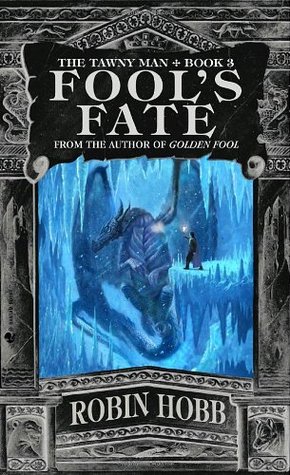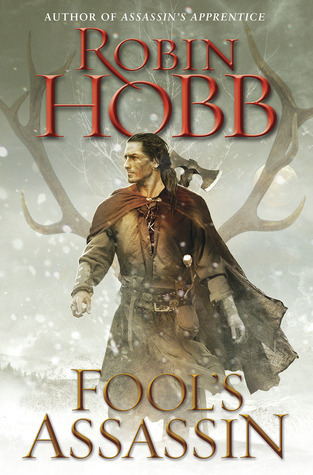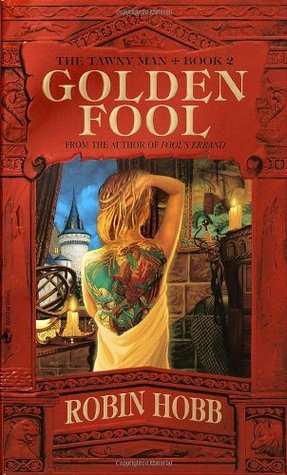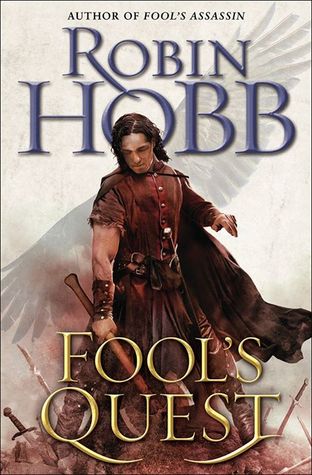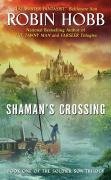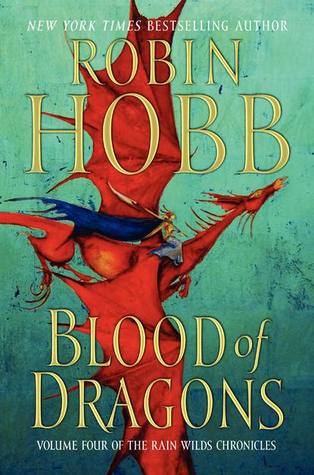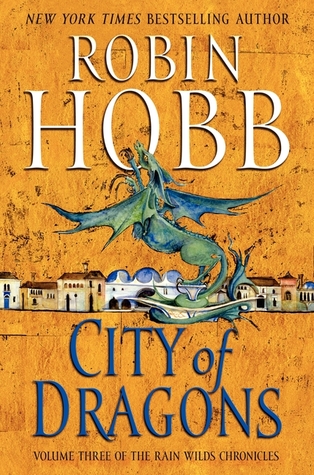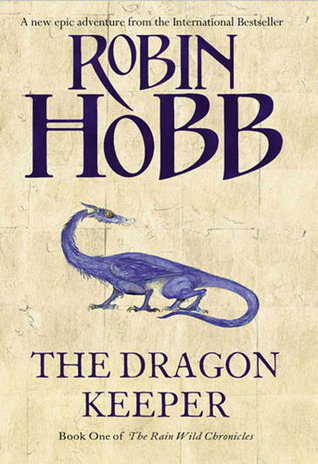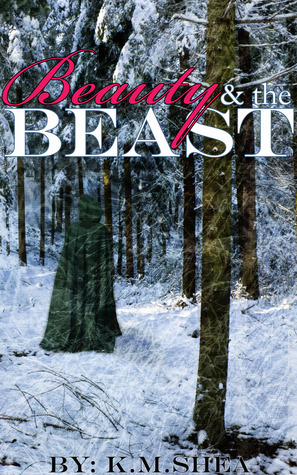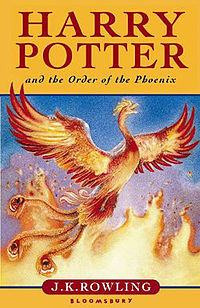Forest Mage (The Soldier Son Trilogy #2)

Forest Mage (The Soldier Son Trilogy #2)
SUMMARY
The Barnes Noble Review
Dark mysticism and primordial natural magic clash with the ever-expanding boundaries of the "civilized" world in the second volume of Robin Hobb's Soldier Son trilogy, Forest Mage.
The sequel to 2005's Shaman's Crossing finds protagonist Nevare Burvelle -- the second son of a nobleman and destined for a career in the military -- with his world turned upside down. After surviving a plague that wiped out many of the students and instructors at the king's military academy, Nevare returns home for his brother's wedding, only to learn that he has been medically discharged from the school. The plague usually leaves its survivors skeletally thin, but Nevare, inexplicably, has begun to gain massive amounts of weight. With his family believing he's a glutton, Nevare is disowned by his father and eventually ends up finding work as a lowly cemetery guard in a frontier town near the border with the Specks, a race of dapple-skinned forest dwellers who possess powerful natural magic. But in a world where technology never stops advancing, can the Specks survive? And what does the suddenly bloated Nevare have to do with their struggle?
Set in a sprawling, vividly described realm that is as majestic as it is menacing, and powered by some extremely topical themes (environmentalism, cultural homogenization, human rights, religious persecution, etc.), the Soldier Son trilogy is easily Hobb's most significant work to date. Incorporating elements of military fantasy, New Age spirituality, and political allegory, Forest Mage can be faulted only for suffering from a serious case of middle-volume syndrome: As the second installment of a trilogy, it lacks both a true beginning and a satisfactory ending. All will be forgotten, however, when the concluding volume (tentatively entitled Renegade Magic) of this unique and powerfully moving saga is released in 2007. Paul Goat Allen
Chapter List
- Page 101
- Page 102
- Page 103
- Page 104
- Page 105
- Page 106
- Page 107
- Page 108
- Page 109
- Page 110
- Page 111
- Page 112
- Page 113
- Page 114
- Page 115
- Page 116
- Page 117
- Page 118
- Page 119
- Page 120
- Page 121
- Page 122
- Page 123
- Page 124
- Page 125
- Page 126
- Page 127
- Page 128
- Page 129
- Page 130
- Page 131
- Page 132
- Page 133
- Page 134
- Page 135
- Page 136
- Page 137
- Page 138
- Page 139
- Page 140
- Page 141
- Page 142
- Page 143
- Page 144
- Page 145
- Page 146
- Page 147
- Page 148
- Page 149
- Page 150
- Page 151
- Page 152
- Page 153
- Page 154
- Page 155
- Page 156
- Page 157
- Page 158
- Page 159
- Page 160
- Page 161
- Page 162
- Page 163
- Page 164
- Page 165
- Page 166
- Page 167
- Page 168
- Page 169
- Page 170
- Page 171
- Page 172
- Page 173
- Page 174
- Page 175
- Page 176
- Page 177
- Page 178
- Page 179
- Page 180
- Page 181
- Page 182
- Page 183
- Page 184
- Page 185
- Page 186
- Page 187
- Page 188
- Page 189
- Page 190
- Page 191
- Page 192
- Page 193
- Page 194
- Page 195
- Page 196
- Page 197
- Page 198
- Page 199
- Page 200

